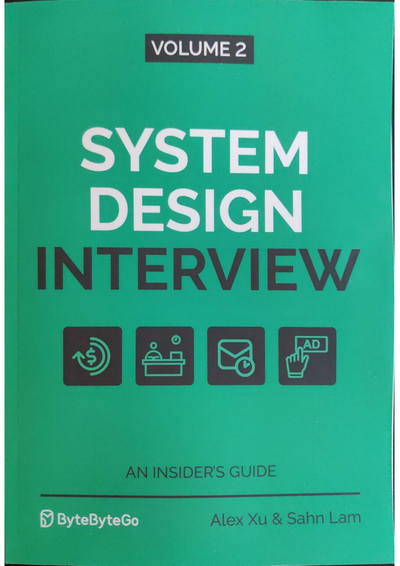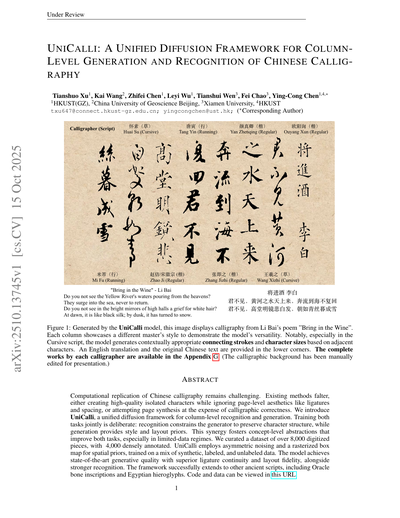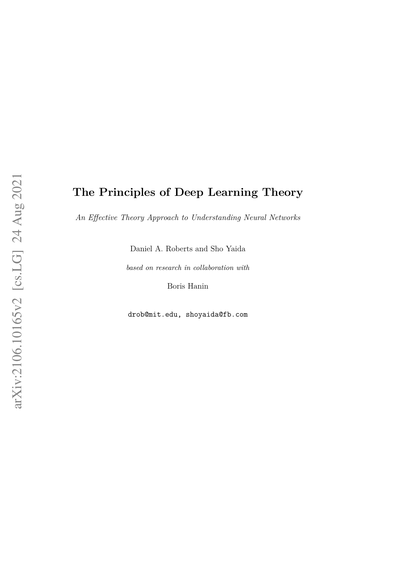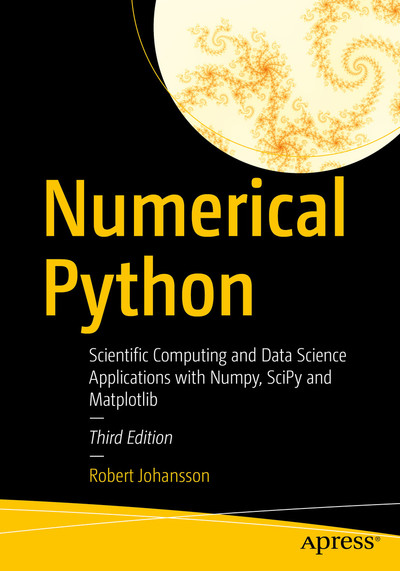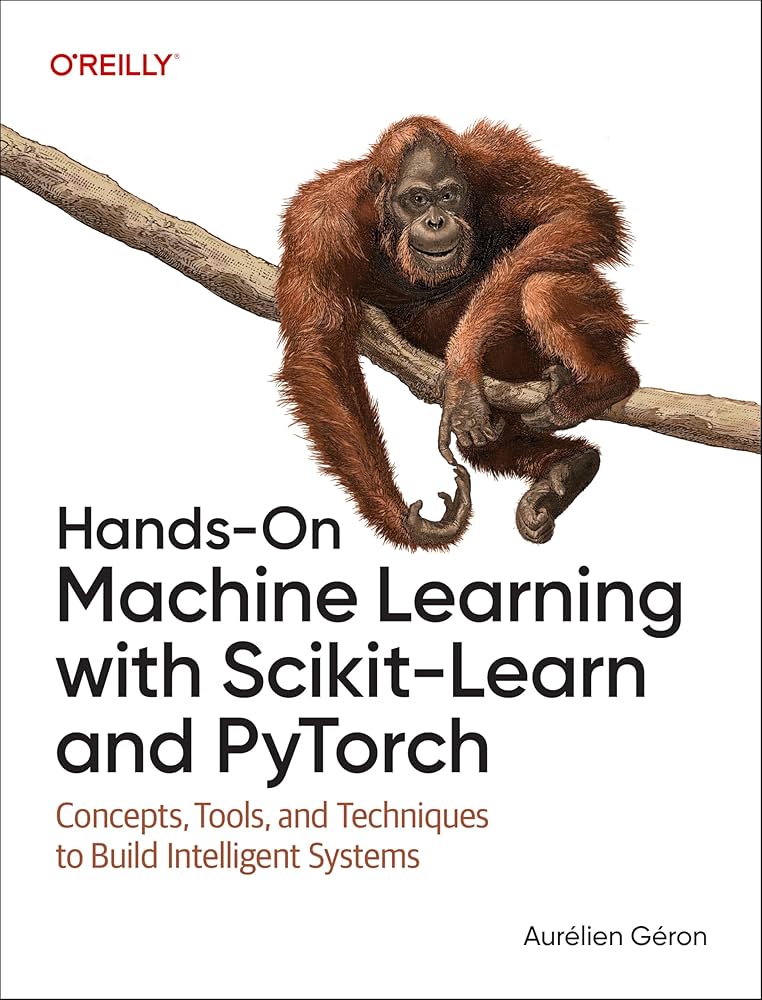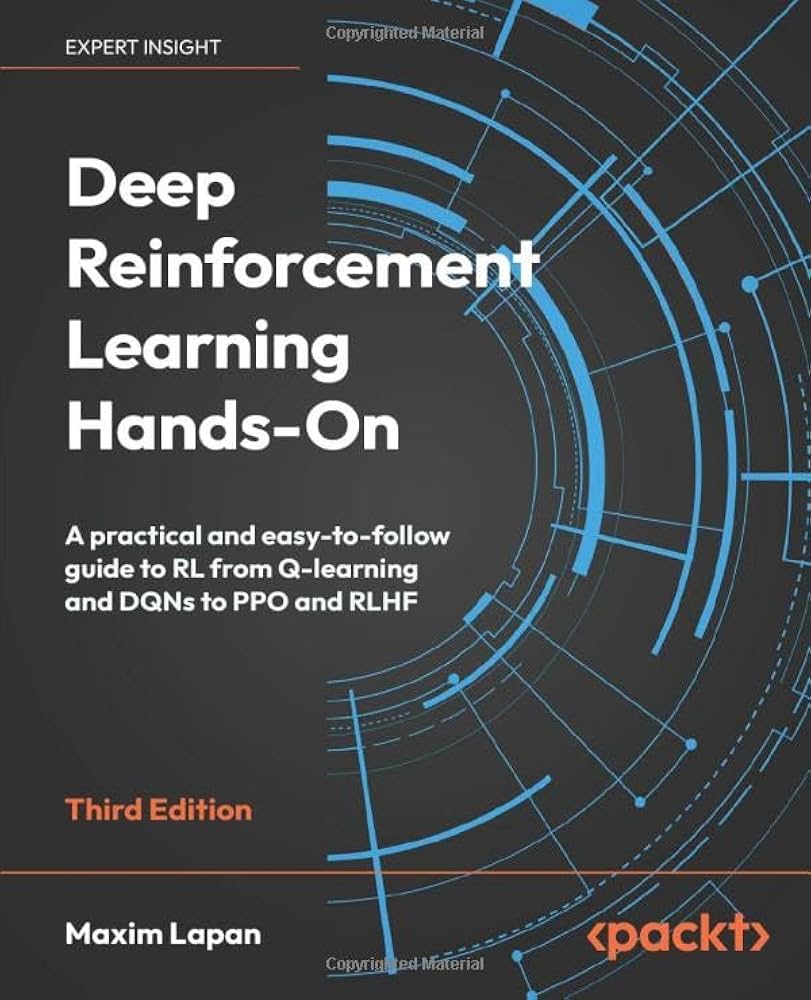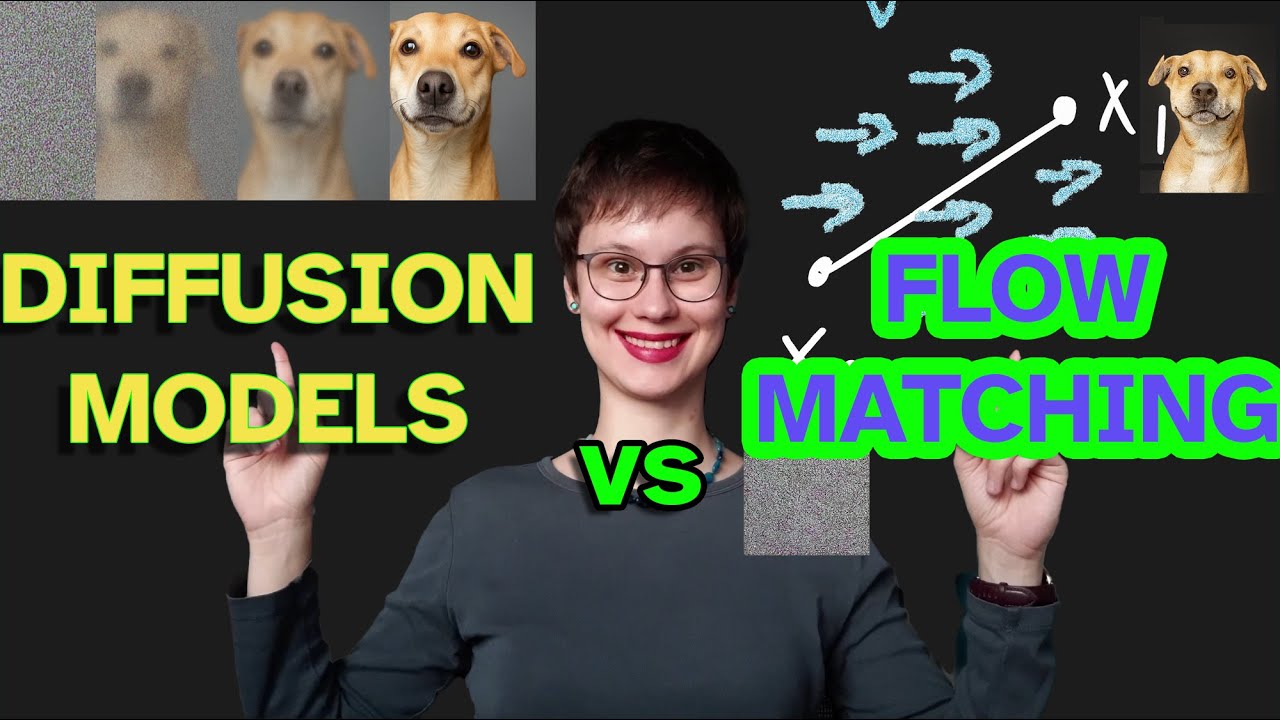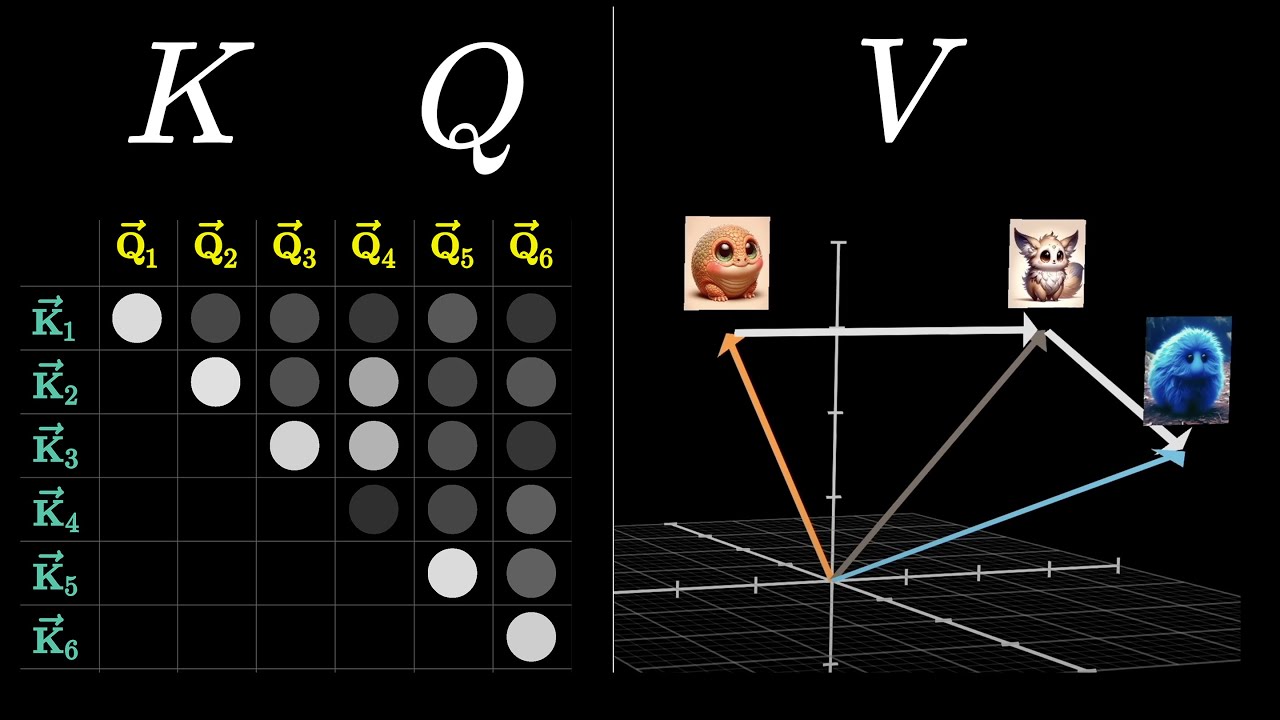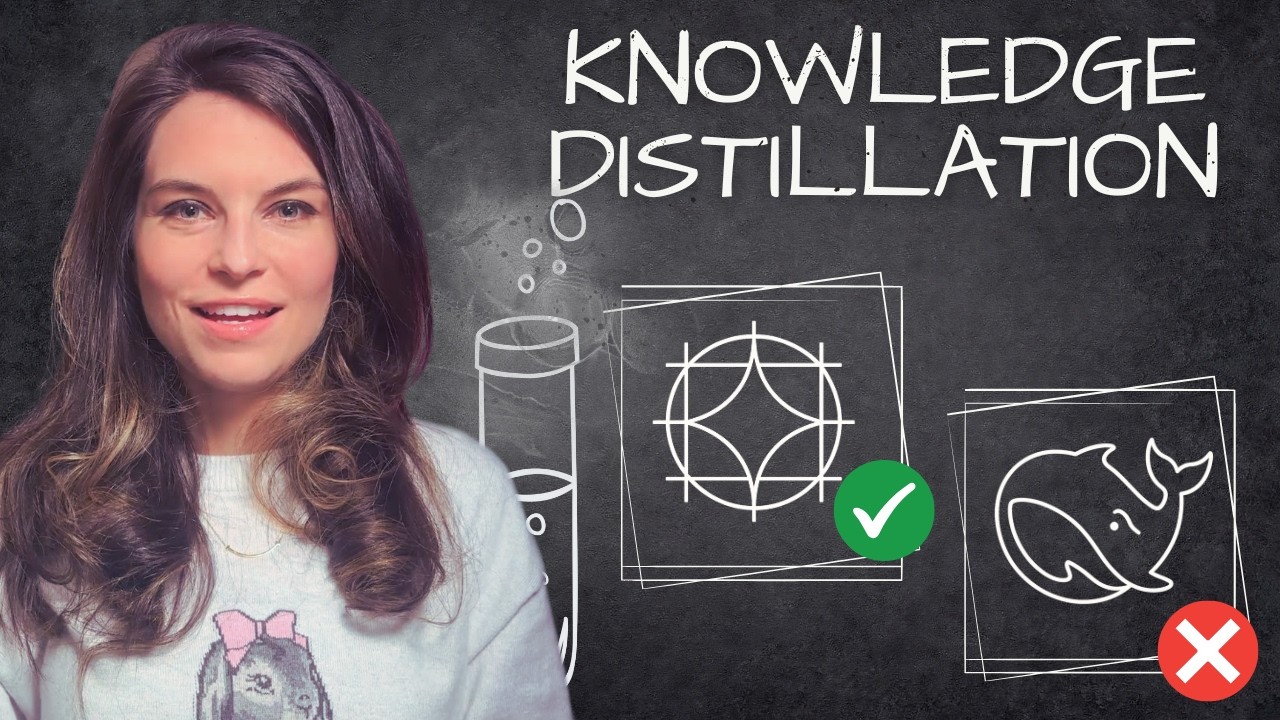
Online Workshop Every Week
Join our free weekly interactive learning sessions.
Master AI/ML with instant feedback and personalized learning
"Cogito, ergo sum" (I think, therefore I am)
— René Descartes

Free Problems
5 Querying Databases with SQL
This problem set covers essential SQL concepts from O'Reilly's chapter on database querying. You'll practice fundamental SQL operations including SELECT statements, filtering with WHERE, aggregation with GROUP BY and HAVING, conditional logic with CASE WHEN, subqueries, CTEs, table joins, and window functions. These problems progress from basic to advanced difficulty to test your comprehensive understanding of SQL querying.
30 pts
Medium
90
where-clause
null-handling
logical-operators
+7
8 Mining Data with Probability and Statistics
This problem set covers key concepts from Chapter 8: Mining Data with Probability and Statistics. You'll practice descriptive statistics, sampling, probability distributions, hypothesis testing, and error analysis. These problems test your understanding of fundamental statistical concepts essential for data science interviews and real-world data analysis.
28 pts
Medium
94
descriptive-statistics
central-tendency
outliers
+7
Exploring Today's Modern Data Science Landscape
This problem set covers key concepts from Chapter 1: "Exploring Today's Modern Data Science Landscape." The questions test your understanding of data science definitions, processes, career paths, required skills, and the evolving nature of the field. Each question is designed to help you master the fundamental concepts needed for data science interviews and practical applications.
26 pts
Easy
95
data-science-definition
fundamentals
decision-making
+7
Chapter 2. Transformer Architecture
This problem set covers key concepts from Chapter 2 of the O'Reilly book on Transformer Architecture. The problems test understanding of transformer components, attention mechanisms, positional encodings, and architectural design choices. Questions progress from fundamental concepts to advanced analytical thinking about transformer design and implementation.
30 pts
Medium
92
transformer-architecture
encoder-decoder
model-types
+7
Chapter 1. Prompt Engineering
This problem set covers the fundamental concepts and techniques of prompt engineering as presented in Chapter 1 of the O'Reilly AI Engineering Interviews book. You'll explore different prompting strategies, understand their applications, and learn how to design effective prompts for various use cases.
23 pts
Medium
95
prompt-engineering
hard-prompting
soft-prompting
+7
Analytic Geometry
This problem set covers key concepts from Analytic Geometry, including complex numbers, polar coordinates, and conic sections. These problems test your understanding of coordinate systems, geometric transformations, and the relationships between algebraic and geometric representations.
8 pts
Medium
95
complex-numbers
arithmetic-operations
modulus
+7
Premium Problems
Knowledge Graphs
USA AI Olympiad
Explore competitive programming and AI contest preparation concepts
Grade 5 Math
Discover elementary mathematics concepts and learning paths
Featured PDFs
View All PDFsSystem Design Interview: An Insider's Guide Volume 2
116 questions
348 pts
System Design Interview: An Insider's Guide
108 questions
317 pts
UNICALLI: A UNIFIED DIFFUSION FRAMEWORK FOR COLUMN-LEVEL GENERATION AND RECOGNITION OF CHINESE CALLIGRAPHY
10 questions
38 pts
The Principles of Deep Learning Theory
107 questions
418 pts
Featured Books
View All BooksAcing the System Design Interview
153 questions
456 pts
Numerical Python: Scientific Computing and Data Science Applications with Numpy, SciPy and Matplotlib
190 questions
543 pts
Hands-On Machine Learning with Scikit-Learn and PyTorch
200 questions
554 pts
Deep Reinforcement Learning Hands-On - Third Edition
222 questions
720 pts
Featured Videos
View All VideosFlow-Matching vs Diffusion Models explained side by side
10 questions
29 pts
Attention in transformers, step-by-step | Deep Learning Chapter 6
10 questions
30 pts
Knowledge Distillation: How LLMs train each other
10 questions
27 pts
Diffusion Model
10 questions
32 pts
Popular Topics
machine learning
56
deep learning
40
neural networks
35
reinforcement learning
33
system-design
28
grade5
27
optimization
14
large language models
13
attention mechanisms
13
combinatorics
13
system-architecture
13
natural language processing
12
aime problems
12
Number Sense
12
scalability
11
beginner
10
number theory
10
performance
10
transformers
9
capacity-planning
9
Click on any tag to filter problems by that topic
